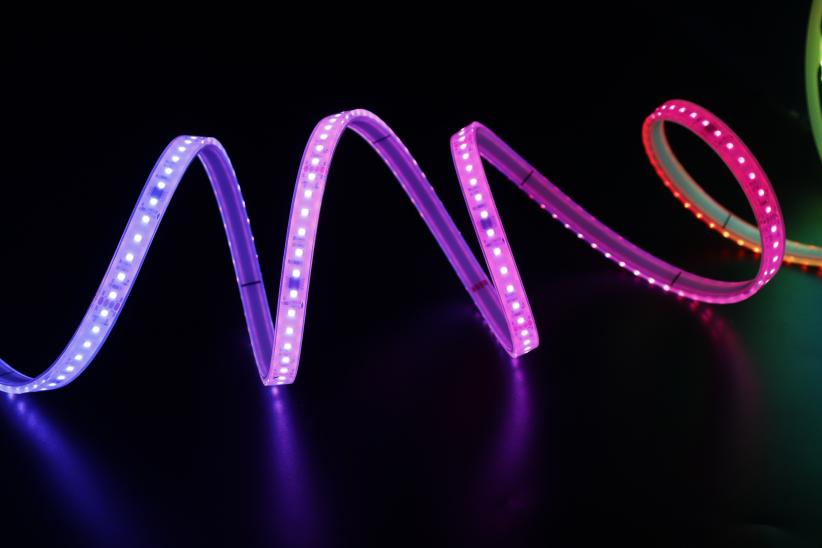When it comes to the architectural and construction industries, the importance of precise and high-quality printing cannot be overstated. Building plans, blueprints, and technical drawings are essential documents that require clarity and accuracy. As such, selecting the right printer for printing building plans is a critical decision that can significantly impact project outcomes. In this article, we will explore the various types of printers suitable for printing architectural plans, their features, and considerations to help you make an informed choice.
Understanding the Requirements for Printing Building Plans
Before delving into the types of printers available, it’s essential to understand the specific requirements for printing building plans. These documents often include intricate details, fine lines, and color-coded elements that must be reproduced accurately. Therefore, the ideal printer should offer:
- High Resolution: Architectural plans typically require a resolution of at least 600 dpi (dots per inch) to ensure that all details are sharp and clear.
- Large Format Capability: Many building plans are printed on large sheets, often A1, A0, or even larger sizes. A printer capable of handling large formats is essential for accommodating these dimensions.
- Color Accuracy: For plans that include color-coded elements, such as zoning or material specifications, color accuracy is crucial. A printer that can reproduce colors faithfully will help avoid misinterpretations.
- Speed and Efficiency: In a fast-paced environment, the ability to print quickly without sacrificing quality can enhance productivity.
- Durability of Prints: Depending on the intended use, prints may need to be resistant to fading, water, or other environmental factors.
Types of Printers for Architectural Plans
- Inkjet Printers
Inkjet printers are among the most popular choices for printing building plans due to their versatility and ability to produce high-quality images. They work by spraying tiny droplets of ink onto paper, allowing for excellent color reproduction and detail.
- Pros:
- High-quality color prints.
- Capable of handling various media types, including glossy and matte finishes.
- Generally more affordable than other large-format printers.
- Cons:
- Slower than some alternatives, particularly for large print jobs.
- Ink costs can add up, especially for high-volume printing.
- Laser Printers
Laser printers utilize toner and a laser beam to produce prints. They are known for their speed and efficiency, making them suitable for high-volume printing tasks.
- Pros:
- Fast printing speeds, ideal for large batches of documents.
- Lower cost per page compared to inkjet printers.
- Prints are typically smudge-proof and water-resistant.
- Cons:
- Limited color accuracy compared to inkjet printers.
- Initial investment can be higher, especially for large-format models.
- Plotters
Plotters are specialized printers designed for large-format printing, making them an excellent choice for architectural plans. They can produce precise lines and are often used for technical drawings and CAD applications.
- Pros:
- Exceptional precision and detail, ideal for intricate designs.
- Capable of printing on various media, including vinyl and canvas.
- Often equipped with advanced features for handling large files.
- Cons:
- Higher initial cost and maintenance requirements.
- May require specialized training to operate effectively.
Key Considerations When Choosing a Printer
When selecting a printer for architectural plans, consider the following factors:
- Volume of Printing: Assess how frequently you will print large plans. For high-volume needs, a laser printer or plotter may be more suitable.
- Budget: Determine your budget not only for the printer itself but also for ongoing costs such as ink or toner, paper, and maintenance.
- Space and Size: Ensure that you have adequate space for the printer, especially if you opt for a large-format model.
- Compatibility: Check that the printer is compatible with your existing software and file formats commonly used in architectural design.
- Support and Warranty: Consider the manufacturer’s support options and warranty terms, as these can be crucial for minimizing downtime.
Conclusion
Selecting the right printer for printing building plans is a multifaceted decision that requires careful consideration of your specific needs and circumstances. Whether you choose an inkjet, laser printer, or plotter, understanding the strengths and limitations of each option will empower you to make an informed choice. By investing in the right printing technology, you can ensure that your architectural plans are not only visually appealing but also precise and functional, ultimately contributing to the success of your projects.

